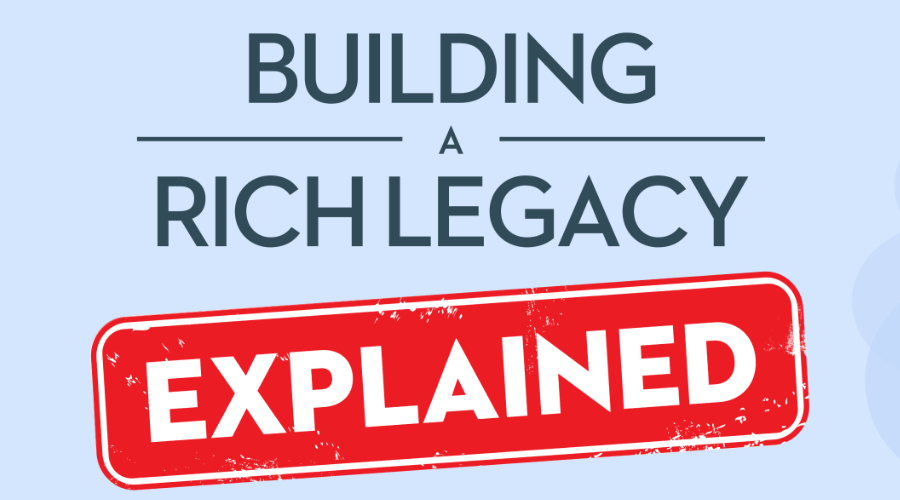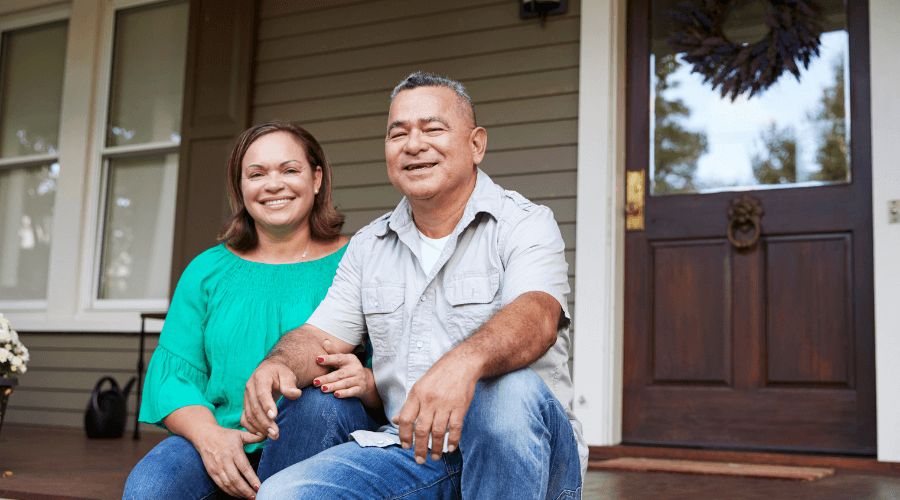For retirees, living on a fixed income can be difficult. Longer retirements, smaller pensions and insufficient savings can all add to retirees’ financial stress. Illness or other unexpected events can add up to stretched finances. As a result, a growing number of retirees in Canada are looking to tap into the equity in their home to improve their financial situation.
What is home equity?
Home equity is the difference between what you owe on your home and your home’s market value. For instance, if your home has a market value of $300,000 and you only owe $50,000, you have $250,000 of equity remaining in your home.
One of the biggest advantages of home ownership is the opportunity to build equity, especially over time. You may not be able to sell your equity, but home equity loan benefits include access to funds that can improve your financial situation. Generally, there are three different types of home equity loans in Canada that are available to retirees: a home equity line of credit, a second mortgage and a reverse mortgage. The following information explains each of these three options in detail, so you can better decide which option is right for you.
What is a home equity loan?
A home equity loan in Canada is a general term that describes different types of loans in which the borrower uses the equity of their home as collateral. Home equity loans in Canada typically offer larger amounts and lower interest rates than unsecured loans, since the home is used as collateral. Other potential home equity loan benefits can include flexible repayment options – not to mention that they’re often the only option when unsecured loans are not available (if for example, you have a low credit score).
If you’re wondering how to get a home equity loan in Canada, you may be able to apply directly with your bank or through a mortgage broker. Home equity loan requirements vary depending on the type of loan you apply for. The most popular types of home equity loans in Canada include a second mortgage and a HELOC.
What is a second mortgage?
A home equity loan can be considered a second mortgage if the home equity loan is in second position. That means that you have a primary mortgage that would be paid out first in the event of a sale or foreclosure and an additional mortgage that would be paid out in second priority. The amount you can borrow will depend on the amount of your home’s equity. Some second mortgages require the loan to be paid off over a set period of time, with payments that include both principal and interest. Others only charge interest during the term, with the principal remaining the same. Home equity loan requirements for a second mortgage can be lenient in certain circumstances and people with bruised credit and low or no income may be able to qualify.
In short, is a home equity loan considered a second mortgage? Answer: it depends. Now let’s take a look at another type of home equity loan in Canada: the HELOC.
What is a HELOC?
A home equity line of credit (HELOC) is similar to a second mortgage. However, the issuing financial institution doesn’t release all of the funds in one lump sum. You can access the money as you need it, and money is re-advanceable if you pay it back. You only pay interest on the amount of equity you actually use. Home equity loan requirements are the strictest for HELOCs however – you will need good credit and solid, provable income.
What is a reverse mortgage home equity loan?

If you are a homeowner in Canada and are 55 or older, you may qualify for a reverse mortgage. For many people, one of the most attractive benefits of a reverse mortgage is that you don’t have to make regular payments. You don’t need to pay off the loan until you sell or move out. We’ll outline a reverse mortgage vs a home equity loan – although, in reality, a reverse mortgage is really a type of home equity loan.
With a reverse mortgage, the bank makes monthly payments or a lump-sum payment to you. The amount you qualify for depends on the value and equity of your home, your age, amount of secured debt and property type/location. Reverse mortgages are designed to increase your income so that you can have a much more comfortable retirement.
For the CHIP Reverse Mortgage®, as long as the property is well maintained, and property taxes and home insurance are paid, HomeEquity Bank, the provider of CHIP, guarantees that the borrower will never owe more than the home is worth. In fact, on average, borrowers have over 50% equity remaining when they choose to sell their home. Interest is added on to the original amount borrowed. When the amount is repaid, all remaining equity in the home belongs to the homeowners (or their estate).
The pros and cons of home equity loans in Canada
Now you know how to get a home equity loan and what one is, let’s take a look at their advantages and disadvantages:
The pros of home equity loans
- You can use the money from a home equity loan for any reason
- Depending on the loan, you can receive the money in a lump sum, in regular payments or whenever you need to withdraw it
- HELOCs allow you to access the funds through a credit card and cheques
- You don’t have to make any regular payments with a reverse mortgage, which helps improve your cash flow
- Interest rates for most home equity loans in Canada are considerably lower than unsecured loans and credit cards
- You can often borrow large sums of money if you have sufficient equity
The cons of home equity loans
- HELOCs have variable rates. This means that if the prime rate increases, your interest rate will also increase, as will your minimum monthly payment. This can make it difficult to budget, especially if you’re on a fixed income
- Some home equity loan requirements for qualification (e.g., HELOCs) are very difficult if you have low income or poor credit
- Second mortgages and HELOCs require monthly payments, which can be hard for many retirees to make
- Some second mortgages have interest rates as high as 10% or more, especially if you have low income or bruised credit
Things to consider before taking out a home equity loan in Canada
As with most loans, you need to consider the affordability of repayments and whether the loan will improve your financial situation and lifestyle.
- Unless you are taking out a reverse mortgage, you’ll need to have a plan in place for paying off the loan
- If you miss HELOC or second mortgage payments, you may lose your home
- The amount of equity that you own in your home will be reduced
- You will have to budget for monthly payments unless the loan is a reverse mortgage
Ways a home equity loan can be used
Another of the home equity loan benefits is that you can spend the funds on anything. Here are some of the most common reasons why people take out a home equity loan and what they use the funds for:
- Pay off debts and high interest credit cards
- Carry out renovations or accessibility retrofits
- Have a more stress-free and enjoyable retirement
- Cover health care costs
- Give family members financial help
- Take a vacation
- Fund children’s or grandchildren’s post-secondary education
Which type of home equity loan is right for you?
As we’ve seen, home equity loans in Canada come in a variety of types and the most suitable one will depend on your particular circumstances. Here we outline the different home equity loan benefits and which ones are suitable for different situations.
HELOCs
- For people with good credit and solid, provable income
- When you want the best possible interest rates for your loan
- Great for projects where you are unsure of the final costs involved (e.g. renovations)
- One of the most popular home equity loan benefits is having cash readily available for emergencies
Second mortgages
- Typically for people with low/no/unprovable income and/or low credit scores
- Can help to reduce interest payments if you have a lot of credit card and other high interest debt
- For some people it can be the only way to pay urgent, overdue bills such as a mortgage or tax arrears
- High interest second mortgages should be treated as short-term loans, with a strategy in place to switch over to a lower interest option at the end of the term
Reverse mortgages
- The best of these three options for cash-strapped retirees looking to boost their retirement income
- Easy to qualify for if you are aged 55+ because income and credit scores are not considered
- Offers the most unique of home equity loan benefits: no need to make scheduled repayments, so this provides a cash injection with no negative impact on cash flow
- A good option for retirees looking to use some of their equity to financially help out family, leave an early inheritance, pay for a family wedding or their grandkids’ education
If you are a Canadian homeowner, 55 years or older, a reverse mortgage could be the best home equity loan for you. Find out how much tax-free cash you could qualify for with our reverse mortgage calculator, or call us at 1-866-522-2447.Still not sure? Check out which product suits your need.































